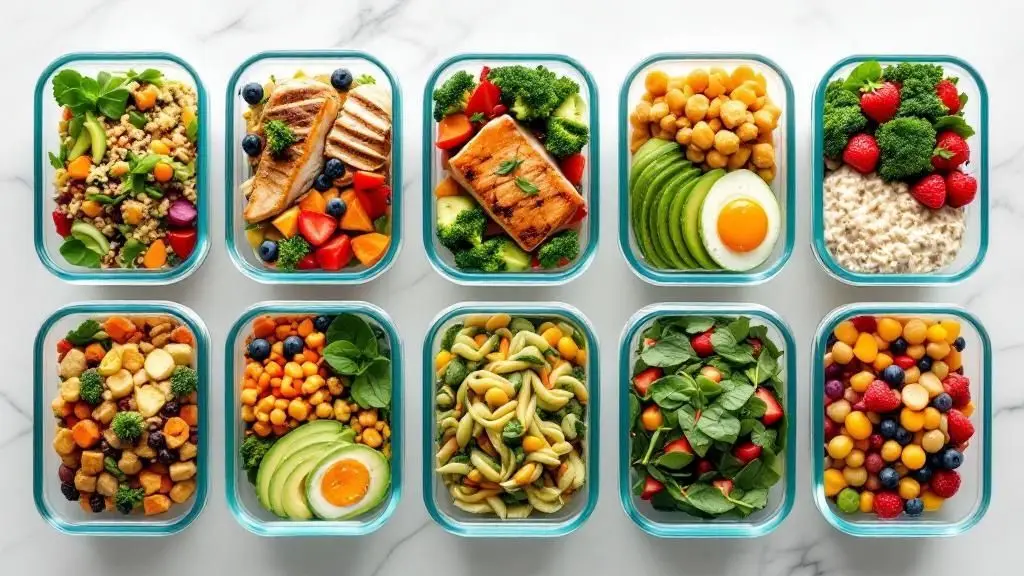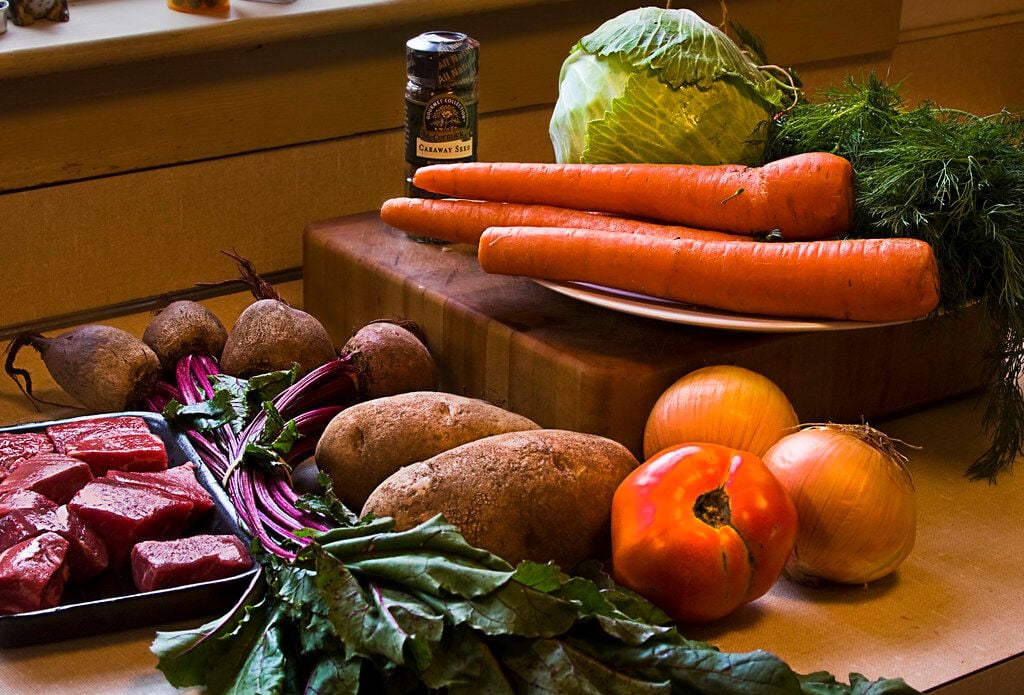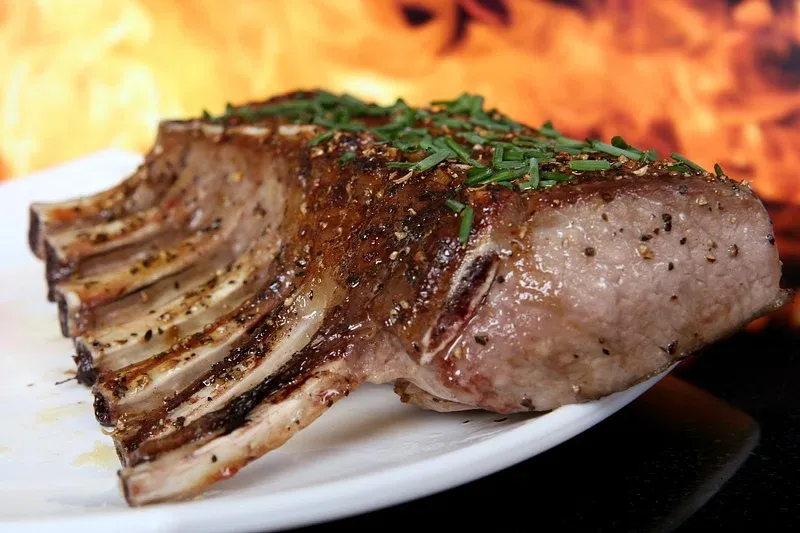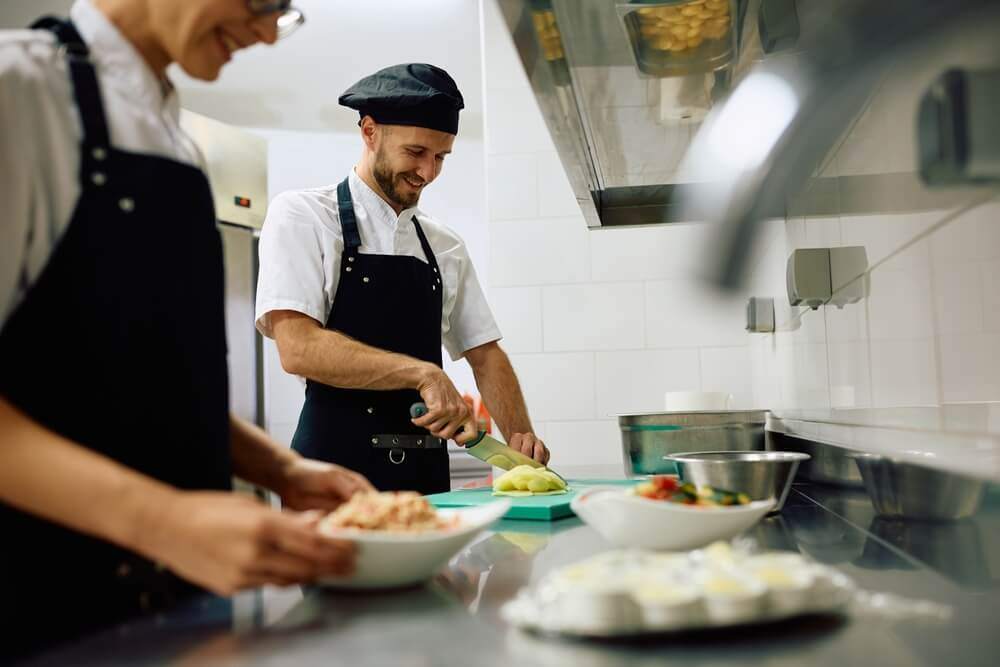
The Ultimate Guide to Baking the Perfect Apple Pie
- Sep 30, 2024
There's a profound magic in a well-baked apple pie, with its star ingredient – not just any apple, but those carefully selected for their firmness, robust flavor, and the ability to remain un-mushy throughout the baking process.
"In search of a top-notch apple pie, one must remember three key characteristics – firmness, tartness, and flavor," asserts Martin Sorge, renowned baker, Food & Wine contributor, and winner of The Great American Baking Show's sixth season. "Apples should be crisp and firm, never soft, for the best results," Sorge instructs.
Caroline Schiff, the 2022 F&W Best New Chef and former leader of the coveted pastry program at Gage & Tollner in Brooklyn, fully agrees. "The distinctive charm of an apple pie lies in its filling preserving a touch of firmness," Schiff explains. "Choose apples that are robust and firm, and even after they are baked, that quality persists, giving the dessert a bit of a bite."
The selection of apples for pies can be tricky. Despite what one might naturally assume, extremely sweet apples are not optimal for baking. The sweetness of the apple should be moderated to balance out the sugar used in the recipe. Apples like Macintosh, Fuji, and Red Delicious may be tasty to eat, but they degrade quickly when baked and don't make for good pie fillings.
Instead, apple varieties that strike a balance between sweetness and tartness, like the Honeycrisp, or the tangy, tart Granny Smith would make better choices. When assessing the texture, Sorge suggests, "Ideally, it should feel quite hard, verging on firmer than what you'd typically enjoy in a fresh snack apple." Schiff warns bakers to steer clear of apples with a overly waxy texture often seen in supermarket apples.
Both chefs propose experimenting with a blend of apple types for a potent fusion of flavors and textures. A blend of tart Granny Smiths and sweet Pink Lady apples, for example, can work wonders. Sorge enjoys sourcing a mixed bag of bake-worthy apples from a local orchard, while Schiff’s perfect blend consists of Honeycrisp and Winesap apples.
The choice of apples can expand beyond the usual supermarket types. Both Schiff and Sorge endorse seeking guidance from local farmers or orchards. Many are glad to recommend their best tart baking apples, and even provide samples. Sorge shares his experiences, "I delight in finding firm, delicious, albeit unusual apples like heritage ones, and trying them out in my pies."
Both chefs wholeheartedly endorse the Honeycrisp variety, known for its crisp texture and balanced sweet-tart flavor, as well as the Mutsu, Braeburn, and Winesap. Pink Lady apples with their enticing rosy hue and relatively sweeter flavor harmonize well with more tart varieties. While Schiff generally avoids using the sweeter Golden Delicious for baking, Sorge finds them suitable for pies, but advises using less added sugar in the recipe.
Stars like the tart, crunchy, and green Granny Smith can assert their flavor profiles amidst the sugar and spices used in pie recipes. "Granny Smiths are tart, crisp, with a vibrant flavor, perfect for pies," Schiff concedes. Sorge agrees, "They cope well with bolder flavors and some extra sugar." Both chefs recommend pairing them with a sweet-tart variety such as the Honeycrisp or Pink Lady to balance their tartness.
Recently popular sweet snacking apples like the Macintosh, Gala, Fuji, and Red Delicious aren't considered pie material due to their softer texture and mild flavor. However, they are perfect for other culinary creations requiring the apples to soften significantly, like applesauce, apple butter, or apple bread. "For recipes like apple upside-down cake, or any cake with chunks of apples, mildly sweeter apples like Red Delicious can work just fine as they'll get tender and won't form hard chunks," Sorge elaborates.






